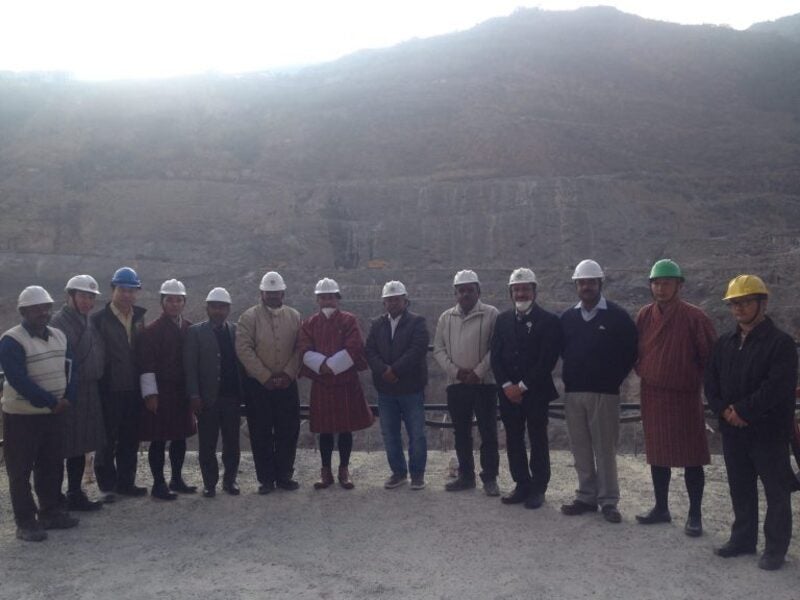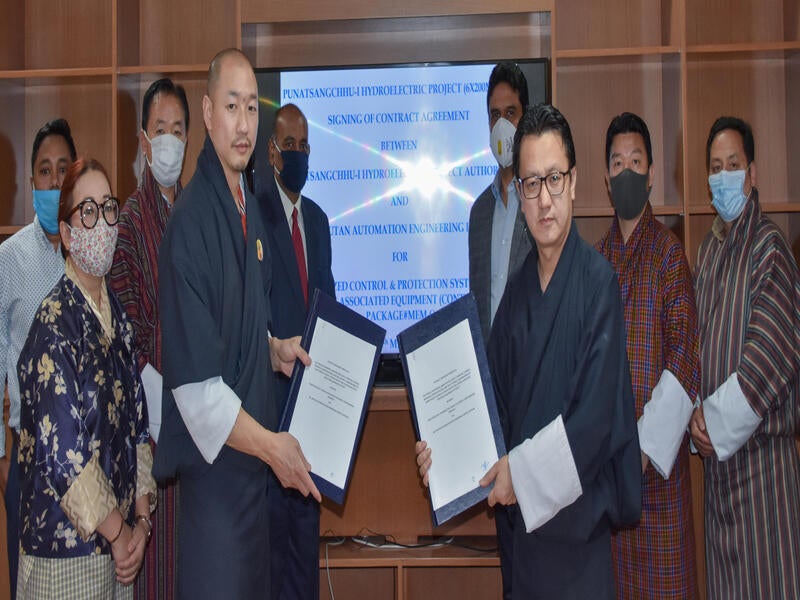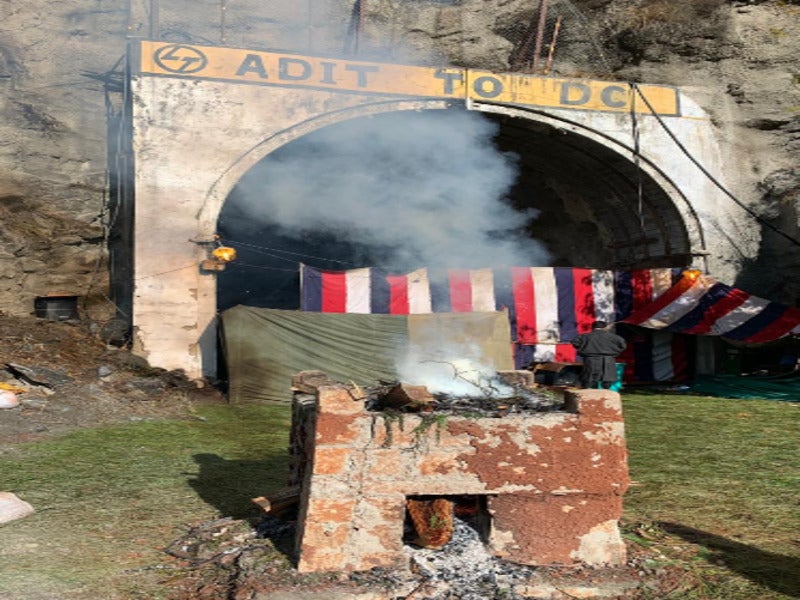The Punatsangchhu I is a 1.2GW run-of-the-river hydroelectric power project under construction in the Wangdue Phodrang district of Bhutan.
While owned by the Royal Government of Bhutan, the project is being developed by Punatsangchhu I Hydroelectric Project Authority, an entity formed under a mutual beneficial bilateral agreement signed by the Bhutanese government and the Government of India (GoI) in July 2007.
The civil construction works on the £1.08bn ($1.4bn) project were started in November 2008 with commissioning currently scheduled for March 2025.
Once operational, the Punatsangchhu I power plant is estimated to generate approximately 5,670 million units of electricity a year.
Location and site details
The Punatsangchhu I hydroelectric power project is located on the left bank of Punatsangchhu River in the Wangdue Phodrang district in Western Bhutan.
The project site lies in the Southern Himalayas, approximately 80km east of Bhutan’s capital Thimphu.
Punatsangchhu I dam
The Punatsangchhu I hydroelectric power project comprises a 130m-high and 239m-long concrete dam. It involves the construction of two diversion tunnels, 11m in diameter and 2724m in length.
Punatsangchhu I hydroelectric facility make-up
The Punatsandchhu I hydroelectric power plant will comprise six Francis turbines of 200MW capacity each in an underground powerhouse measuring 236.5m-long, 22.9m-wide, and 53m-high. The turbines will operate at a water head of approximately 338m.
The plant’s transformer cavern will house 20 single-phase generator transformers of 13.8 kV/400 kV and 82 MVA capacities each.
The powerhouse will receive the water flow through an 8.9km-long and 10m-diameter D-shaped headrace tunnel (HRT), two 433m-long and 6m-diameter pressure shafts bifurcated into six penstocks each 3.32m in diameter.
The project also includes a 1.3km-long and 10m-diameter tailrace tunnel (TRT) and a 128.5m- high and 24.5m- diameter surge shaft.
Power evacuation
The electricity generated by the Punatsandchhu I hydroelectric power plant will be evacuated from the underground transformer hall cavern through a 400kV power transmission line.
Contractors involved
India’s government-owned Bharat Heavy Electricals (BHEL) was contracted for the design, manufacturing, supply, erection, and commissioning of the power generating units and associated auxiliaries.
Hindustan Construction Company (HCC) was contracted for the construction of the TRT, surge shaft, butterfly valve chamber, pressure shafts, and the powerhouse while Gammon India bagged the HRT construction contract.
Larsen and Toubro Construction (L&T) was engaged in the construction of the concrete dam, two diversion tunnels, and four desilting chambers.
South Korea-based Hyosung Heavy Industries Corporation is responsible for the delivery of 420kV and 245kV gas-insulated switchgear (GIS) system, while Reva Industries was engaged for the supply of one electric overhead traveling (EOT) crane.
Germany-based Sudkabel is responsible for 400kV cross-linked polyethylene (XLPE) cables while Schneider Electric Infrastructure will deliver high tension (HT) and low tension (LT) switchgear, along with a 220V DC supply system and power cables.
Andritz Hydro signed a contract with Bhutan Automation and Engineering, its joint venture with Bhutan-based Druk Green Power Corporation (DGPC) for the design and supply of computerised control and protection system in May 2021.
Encardio and Rite Geosystems received an order for the supply of instruments for the powerhouse, while Water and Power Consultancy Services (WAPCOS) was engaged for engineering and design services along with the preparation of the detailed project report.
The Bauer Group was contracted for the supply of DHG-C hydraulic diaphragm wall grab and two BC 40 trench cutters for the construction activities, while Tandon Consultants were engaged for the design and construction of a bridge using Bentley’s structural analysis and design (STAAD) software.





